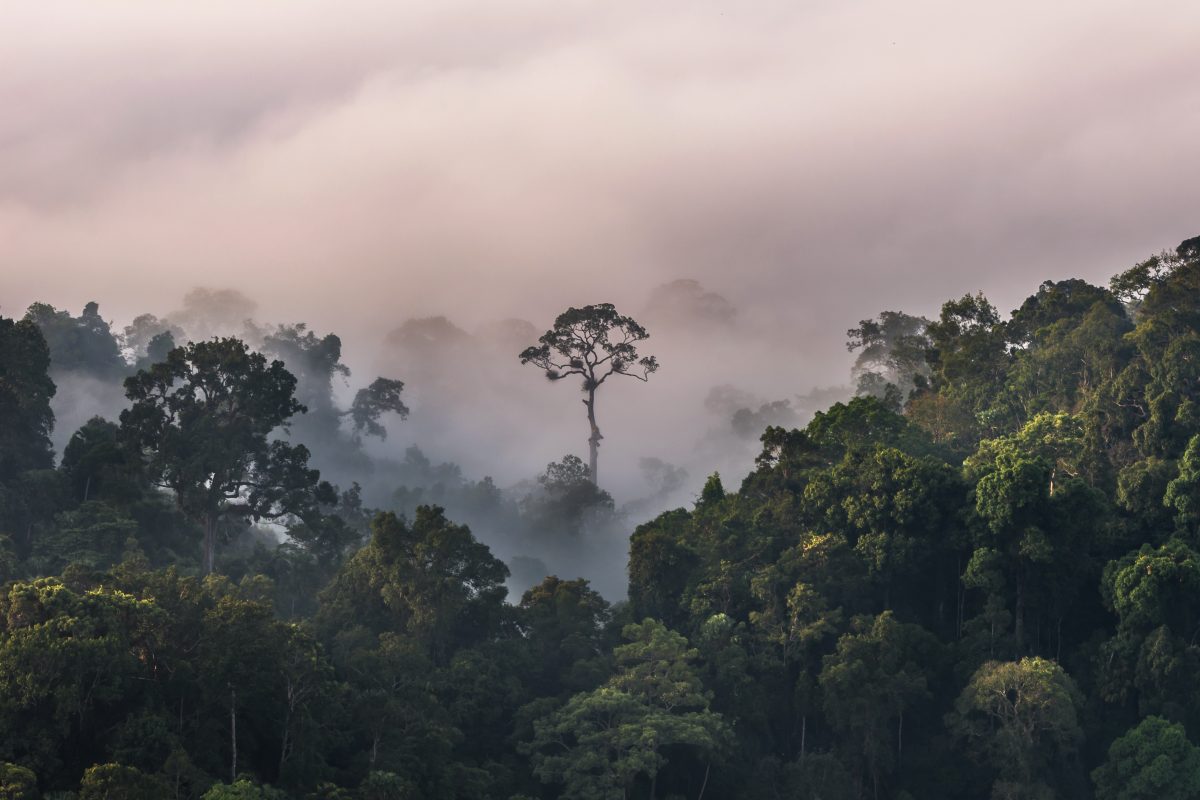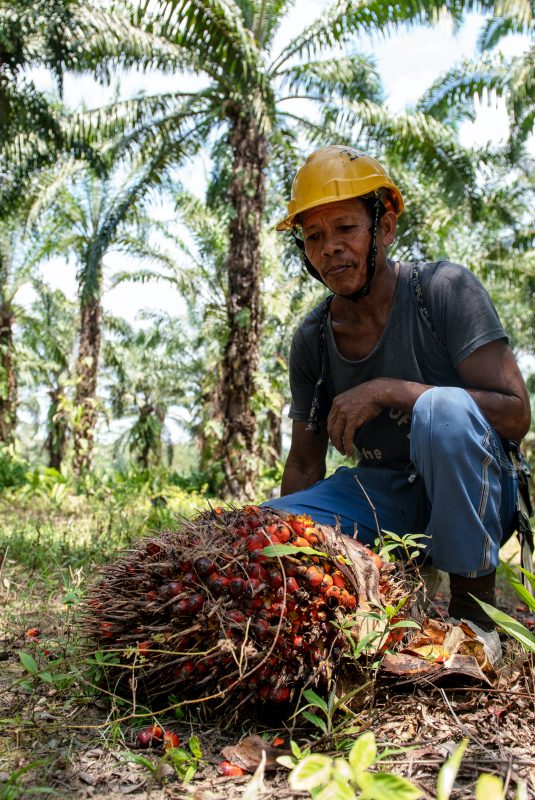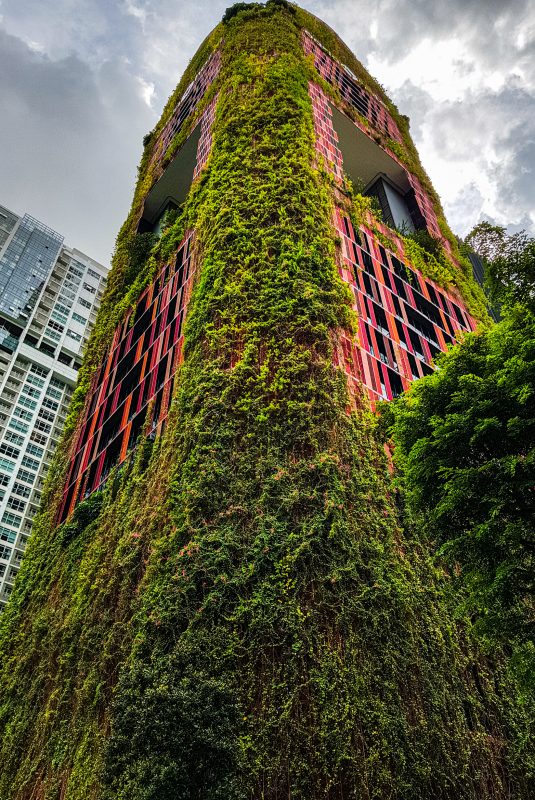Landscape Financing Solutions
The UN estimate that USD 2.5 trillion more investment is needed per year to meet the commitments of the 2030 Sustainable Development Goals.
Green investments are needed



Why we need to finance Sustainable Landscape
- Transformation
- Smallholders
- Landscape Approach
- Financing
What are some requirements to promote green finance?
Blueprints for specific types of investment in natural capital

What we do
Responsible investing, which includes impact and conservation investing, has entered a dynamic momentum globally and investors are starting to implement this into strategies. This increasing interest in sustainable investing is far from happening at optimal scale and impact and must increase.
WWF can help redirect existing mainstream finance and also help develop and expand mechanisms and solutions including: SDG-focused investment vehicles, improved environmental focus in impact investing, expanding deployment of credible green bonds, lending incentives related to sustainability risk profiles, and other conservation finance asset class opportunities.
Standards and Metrics
WWF develops and supports effective and credible standards & metrics based on science-based criteria that can be adopted by mainstream asset owners.
Thought Leadership
WWF develops and supports green financial mechanisms and solutions that are relevant to mainstream asset owners and enable them to allocate investment.
Capacity Building
WWF trains professionals in ASEAN banks on best practices in ESG integration and the development of green financial solutions
